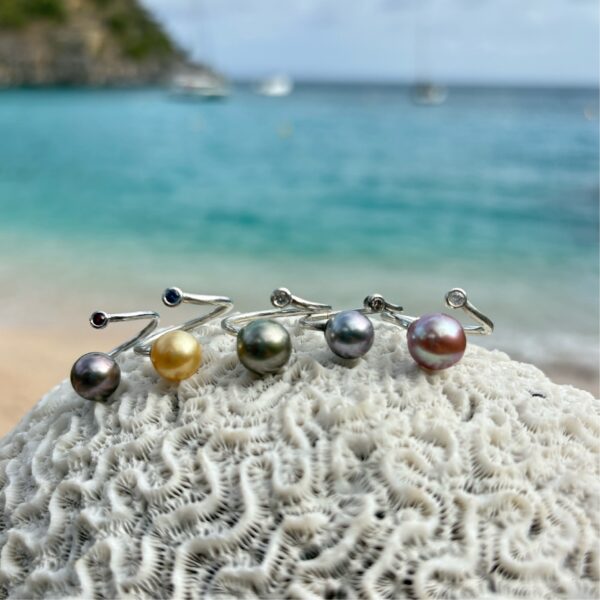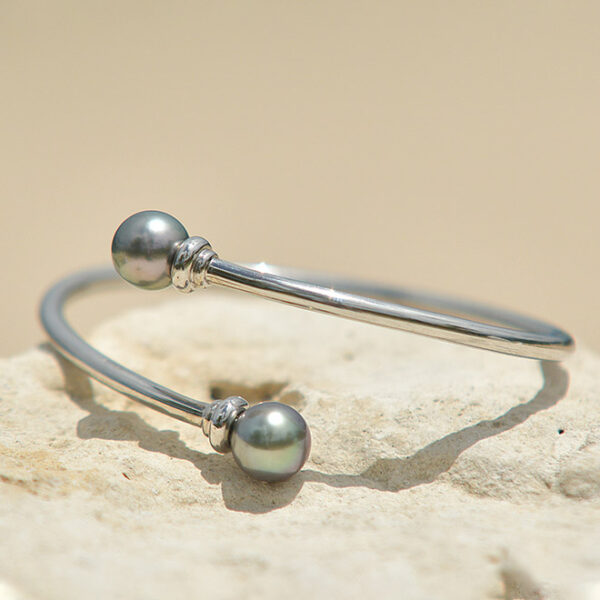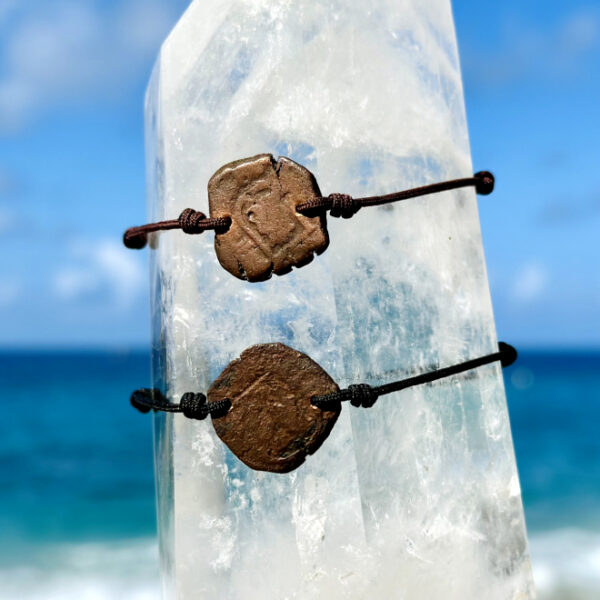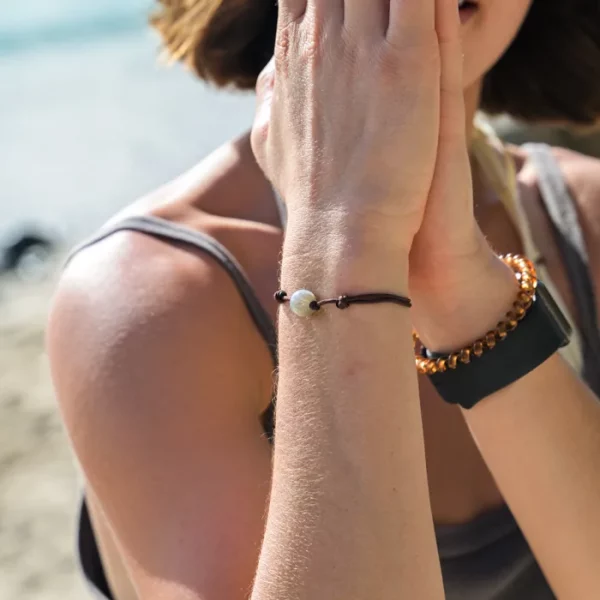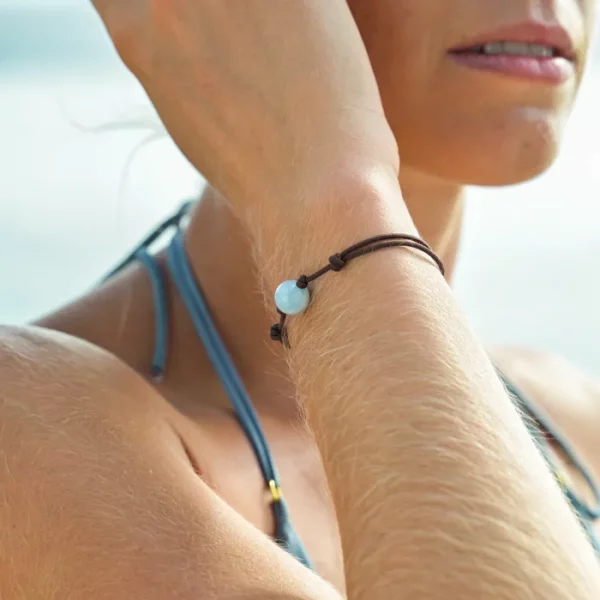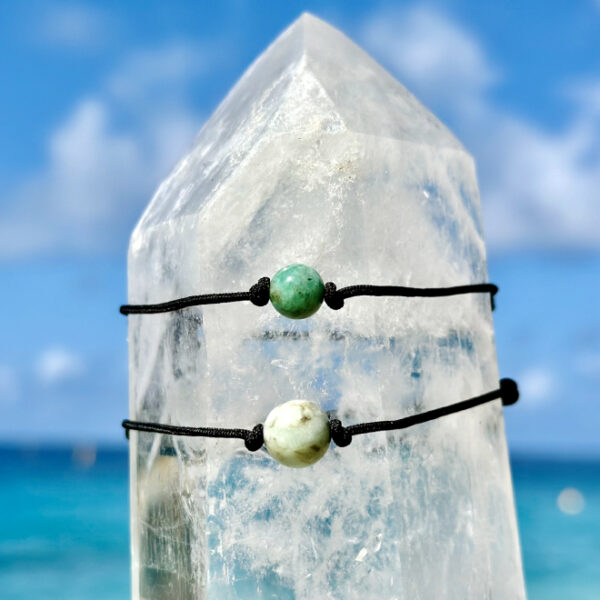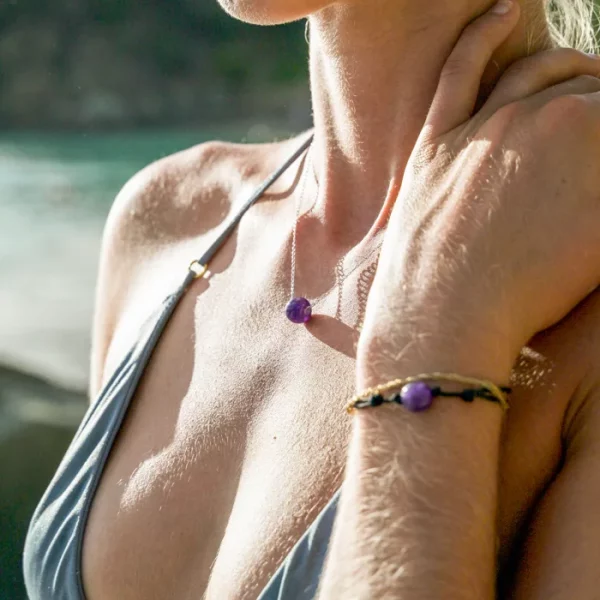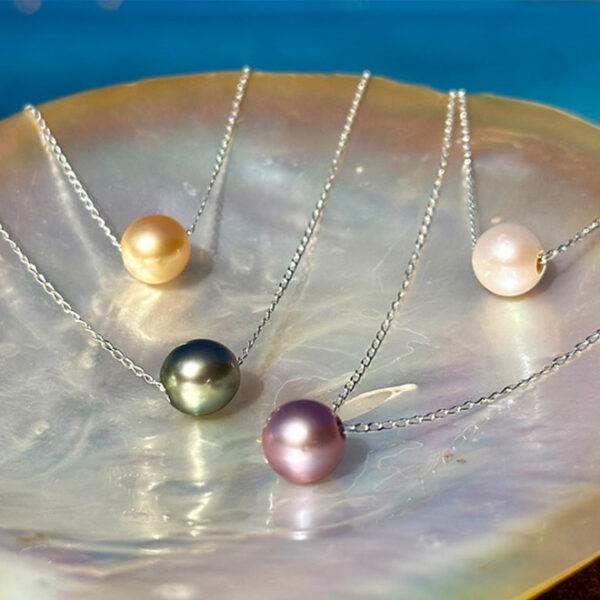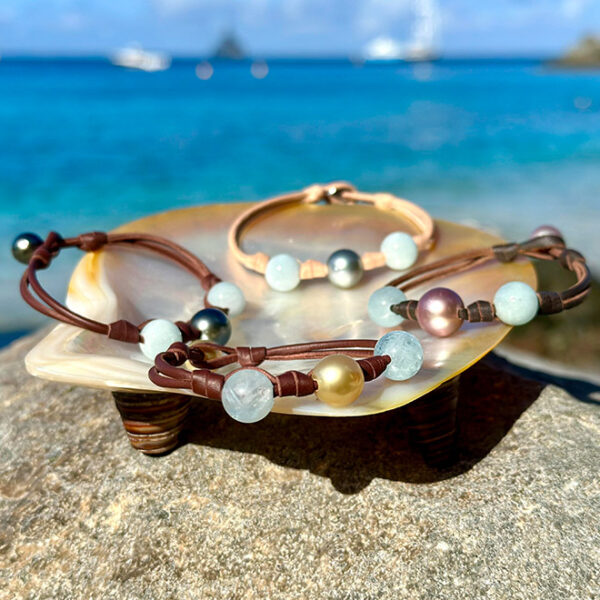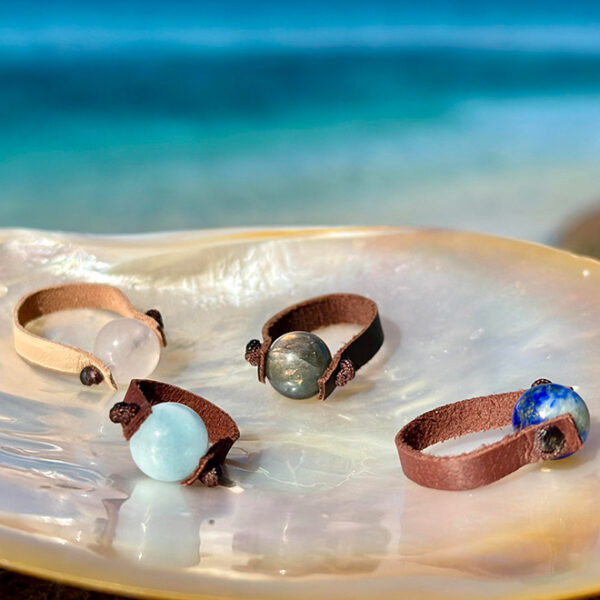You've added...
Cultured pearl necklaces : still only for the elite ?
Publié le 23/09/2024
When it comes to jewelry, few pieces are as classic and timeless as cultured pearl necklaces. For centuries, pearls have been associated with luxury and wealth, making them a popular choice for those who wish to stand out. Pearl necklaces have had various meanings throughout the ages and civilizations, from eternal love to new beginnings, they are also associated with innocence and purity.
For many, pearls are synonymous with refinement and sophistication. These lustrous gems have been coveted by royalty and high society for centuries, and they continue to be one of the most popular choices for fine jewelry today. While their elegant appearance is certainly part of their appeal, it is also the symbolism of pearls that makes them so special.
Where do cultured pearls come from?
As the name suggests, a cultured pearl necklace is made up of pearls grown in freshwater or saltwater mollusks. The mollusks receive a small piece of mantle tissue from a donor oyster along with a nucleus, which prompts the mollusk to create a pearl sac and secrete nacre. Nacre is the substance that covers the irritant and gives pearls their shiny appearance. This pearl can take several years to fully develop.
Cultured pearls are human-produced pearls, unlike freshwater pearls, which are naturally produced by mollusks. They are cultivated in the warm waters of the South Pacific, Polynesia, Australia, Sri Lanka, and the Maldives. Cultured pearls are often white, but they can be dyed in various colors (black, pink, gold, etc.). A key asset for creating unique cultured pearl jewelry!
How are cultured pearl necklaces made?
A cultured pearl is formed when an oyster produces nacre to coat a foreign body, such as a grain of sand or a fragment of bone. The pearl farmers then open each oyster by cutting its adductor muscle, which holds the two shells together. They carefully remove the pearls, ensuring they are not damaged. The process of making a pearl necklace begins with selecting these pearls.
Several factors are taken into account. The first is the size of the pearls. They must be of uniform size, ranging from 6 to 12 mm in diameter. The second is the color of the pearls, which should be remarkable. The third is the luster of the pearls. Luster is the amount of light reflected from the pearl’s surface. It should be high, meaning it is highly reflective. The fourth factor is shape. It is important to decide whether you want round or baroque pearls. Round pearls are more expensive but have a classic look, whereas baroque pearls are more affordable but offer a more unique appearance.
Why are cultured pearl necklaces not for everyone?
The culturing of pearls is a long and expensive process. It takes about three to five years to produce a gem-quality pearl. Aquaculture farms must maintain ideal conditions for mollusks to produce high-quality pearls. This means that the farms must be located in areas where the water temperature remains stable throughout the year. Additionally, farms must have a clean water supply and filtration systems to remove impurities. All these measures significantly increase the cost of pearl production.
For many years, cultured pearl necklaces were jewelry reserved for the elite. They were often considered a symbol of wealth and status because they can be quite expensive. However, many companies now offer unique cultured pearl jewelry at more affordable prices. There are now many different styles of cultured pearl necklaces available, so there is sure to be one to suit every taste. Whether you’re looking for something simple and elegant or something more opulent, a cultured pearl necklace is the perfect choice!
